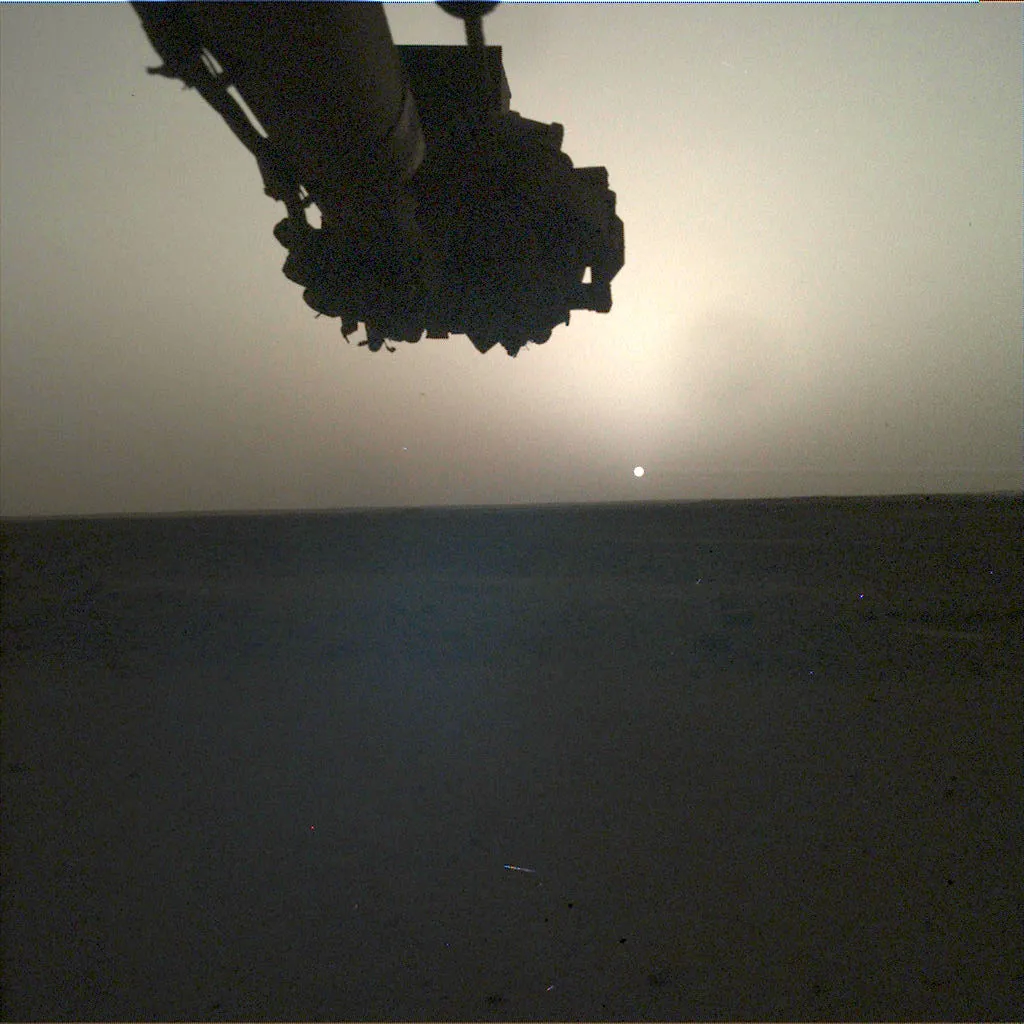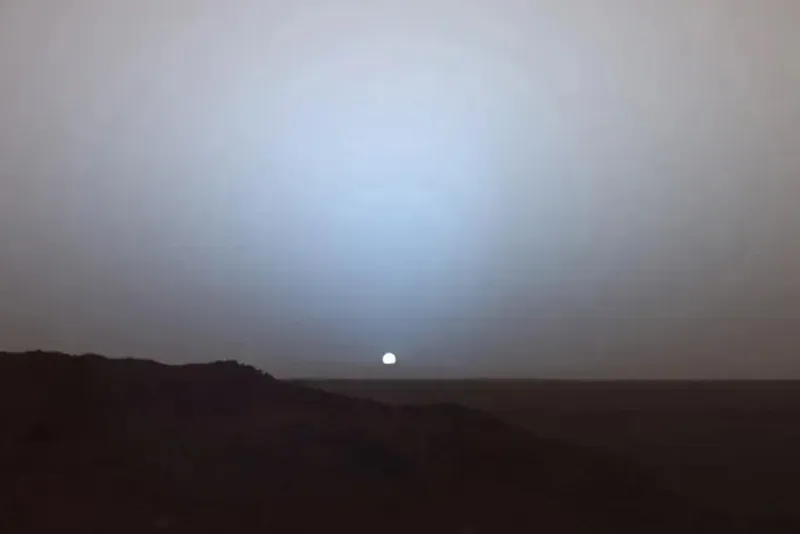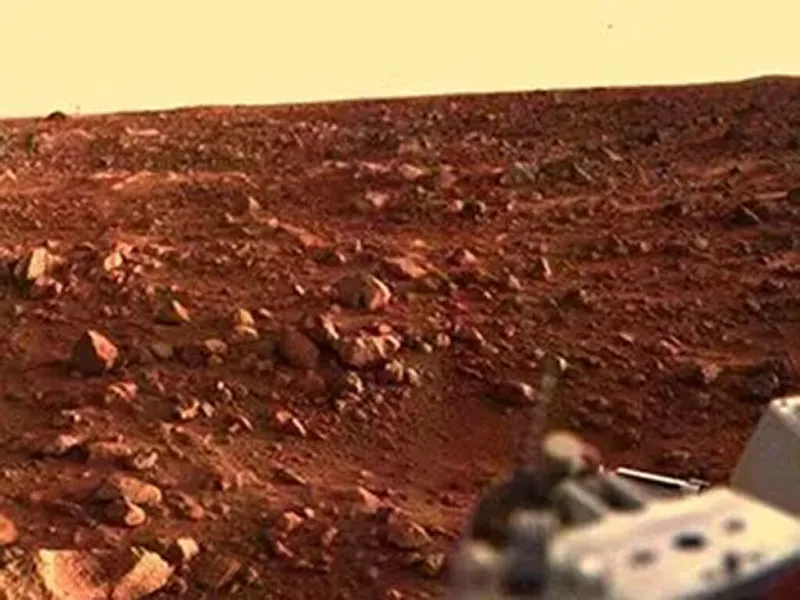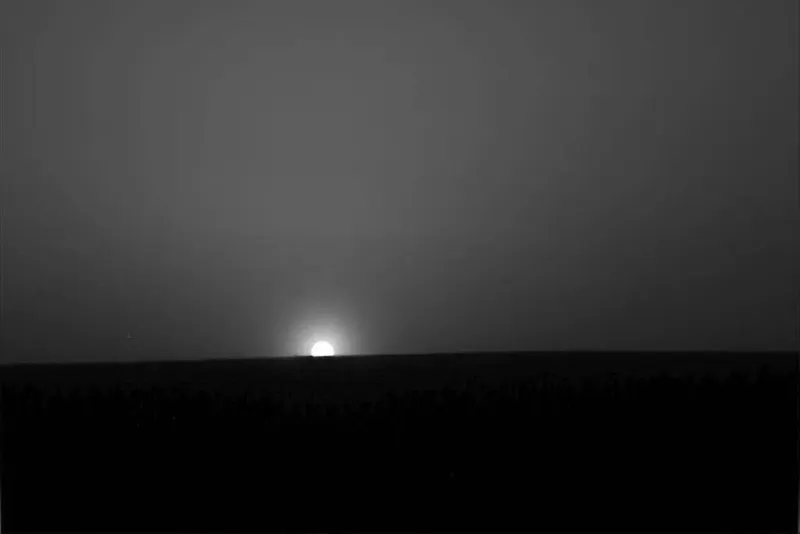Would you like to spend a day on Mars? How long would you have between sunrise and sunset on the Red planet?
If you ever wanted to see what the night sky looks like on Mars, a future trip to the Red Planet might be on your bucket list.
But would a Martian day really be so much different to a day on Earth?
Find out how long it takes to walk round the Moon and how long to travel around the world.

The Solar System’s planets vary greatly in terms of their physical magnitude, speed of rotation and the size of their orbits around the Sun.
This means what constitutes a day or a year on a given planet can differ greatly from what we experience here on Earth.
A day on Jupiter, for instance, is over in just 10 hours, while a day on Venus lasts for a whopping 243 Earth days (and Venus spins backwards)!

A day on Mars vs a day on Earth
Mars is remarkably similar to Earth in many ways.
The two planets are of roughly similar size, rotate at roughly similar speeds and are located comparatively close together within the Solar System.
This means that relatively speaking, the distance from Mars to the Sun isn't much different compared to the distance from Earth to the Sun.
So a Martian day isn’t actually that much different from an Earth day.
In fact, where the average day on Earth lasts about 23.9 hours, a Martian day lasts for about 24.6 hours.
And what’s just over half an hour between friends?
A day on Earth's Moon is around the same time, too.

Sideral and solar days
The answer as to how long a Mars day actually is does depend on whether you’re talking about sidereal or solar days.
These are defined by the period of time you have to wait before a given star or the Sun, respectively, returns to the same position in the sky.
The two are not the same because when you’re looking at distant stars, you’re effectively looking from a fixed position.
Whereas when you’re looking at the much-nearer Sun, you also have to take into account Earth’s movement around it.

As a result, solar days are slightly longer than sidereal days.
A sidereal day on Mars lasts for 24 hours, 37 minutes and 22 seconds, while a solar day on the Red Planet is 24 hours, 39 minutes and 35 seconds.
To avoid potential confusion – eg, when planning space missions – astronomers tend to talk about solar days, or ‘Mars sols’ when it comes to the Red Planet specifically.

